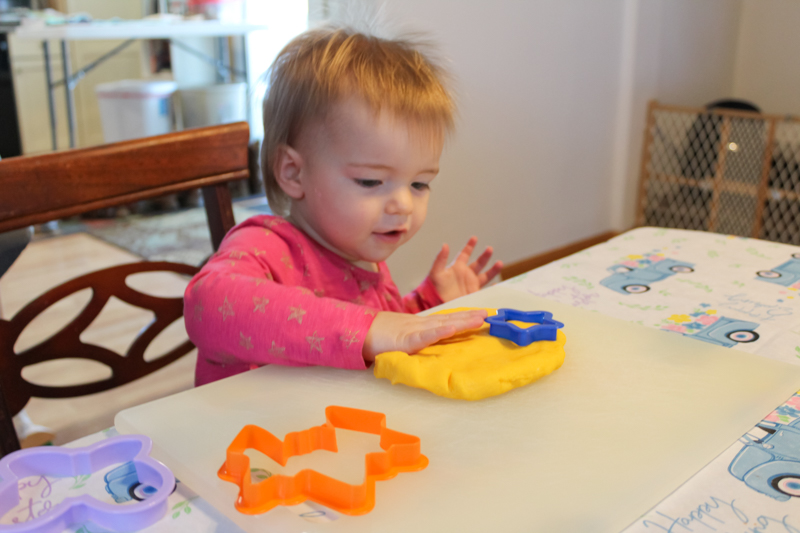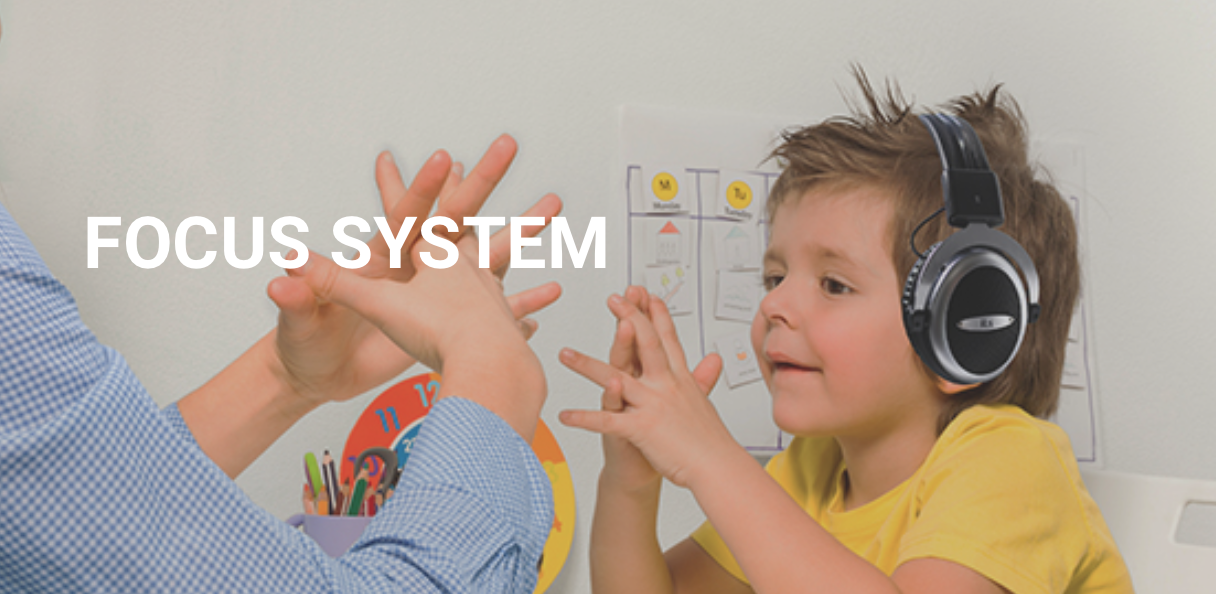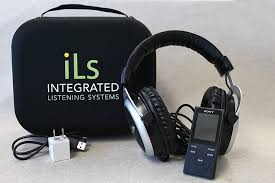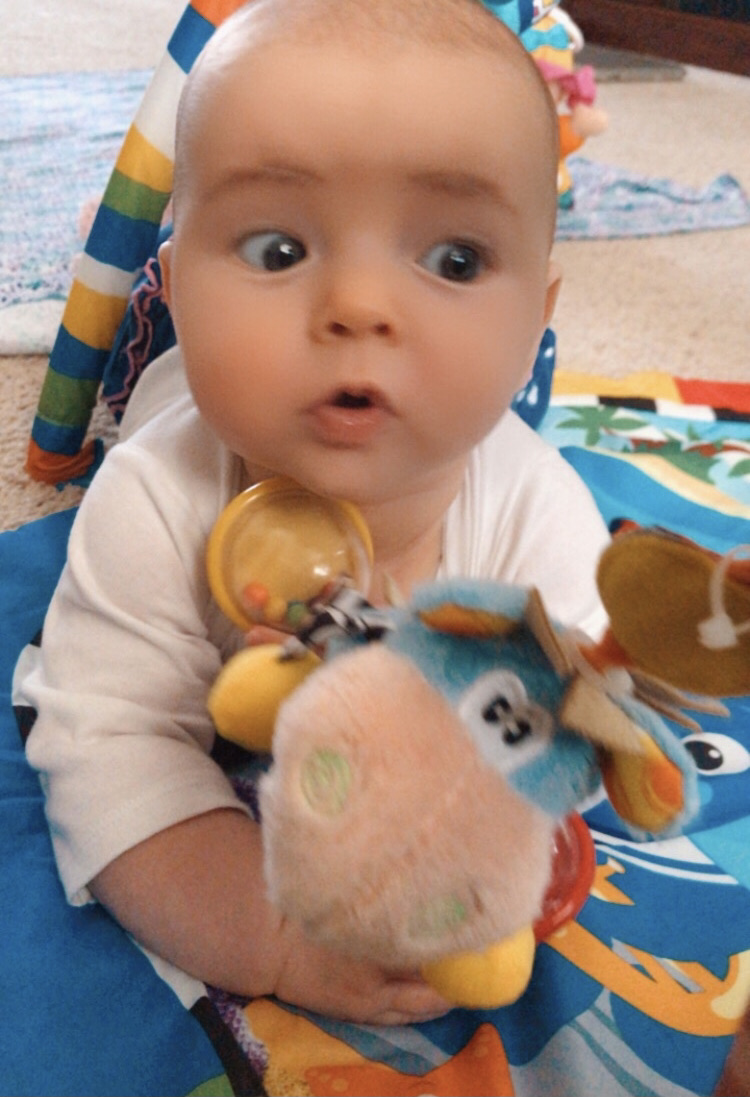Diminishing Dyslexia with Auditory Training
Diminishing dyslexia is possible through auditory integration training and neurocognitive training.
Dyslexia is “a specific learning disability that is neurobiological in origin. It is characterized by difficulties with accurate and/or fluent word recognition and by poor spelling and decoding abilities. These difficulties typically result from a deficit in the phonological component of language that is often unexpected in relation to other cognitive abilities and the provision of effective classroom instruction. Secondary consequences may include problems in reading comprehension and reduced reading experience that can impede the growth of vocabulary and background knowledge.” (International Dyslexia Association) (https://dyslexiaida.org/definition-of-dyslexia/)
Is Dyslexia Affecting You?
An insightful report, your Moore Auditory-Visual Questionnaire Report, shares the intensity of behavioral difficulties related to specific areas of concern.
Need Help, Next Step? Call Cheri
Using hearing test results, Cheri Moore helps children and adults improve their ability to respond to auditory integration training and maintain progress.
“Cheri Moore is a huge advocate for students with processing challenges. She has an intense desire to bring improvements to students and is tireless in seeking out the information and therapies to bring results. She demonstrates great caring and generosity in seeking solutions for students.”
Margaret McLewin, Homeschool Plus Director, Piano & Voice Teacher
Dyslexia Is Not Outgrown
According to an MRI study, individuals do not outgrow dyslexia. Thus, adults who struggled to read as children, still struggle as adults (Ahissar, Protopapas, Reid & Merzenich, 2000). According to a national survey conducted by the Center for Disease Control and Prevention, in 2013, 4.9 million children in the United States have a learning disability, ages 3-17 years.
The most common learning disability, dyslexia, affects approximately five to ten percent of children attending school (Handler, Fierson, 2011; Cardon, et al., 1994). Astonishingly, that is 25,000 to 50,000 children. Amazingly, there are no auditory and visual screenings for children with learning disabilities. In fact, schools provide no educational information. Because, auditory and visual processing difficulties are medical conditions. Frustratingly, insurance companies rarely cover vision therapy and auditory integration training. Consequently, low-income families are unable to afford life-changing intervention. Nevertheless, Cheri is working with the hope that one day all children with learning disabilities will have access to vision therapy and auditory integration training.

Overcoming CAPD with Autism
My daughter was diagnosed with autism and central auditory processing disorder (CAPD). We schooled her at home, and even with my background in teaching, it was very difficult. I would have to fight with her to make her begin her school work. While teaching her, she...
A Future for My Daughter: Diminishing L.D. / Sound Sensitivities
Ashylyn did not talk much when she was little and was shy about interacting with people. I sent her to a private Christian school for kindergarten hoping she would come out of her shell. Unfortunately, there were more problems than just shyness. I remember feeling...
CAPD Diagnosis at 21 years; Success with Hearing Aids and AIT
Finding out that my 21-year-old son had a hidden hearing loss (CAPD) was a relief. He is very intelligent. Not getting the right help was causing feelings of depression and hopelessness. Finally, an answer to the questions I have had for so long! He never really fit...
A Relieved Grandmother: CAPD Success with Hearing Aids
I was at my wit’s end when I met Cheri Moore. My oldest granddaughter, whom I had guardianship, had been tested for every possible psychological learning disability, including autism. She was prescribed medication, which did not seem to help. Still, no diagnosis. I...
A Mother’s Journey Into the World of Dyslexia
Diagnosing Dyslexia During the spring of 2007, I attended Dianne Craft’s conference where I learned that dyslexia affected the auditory processing center and the visual processing center. Perhaps I had found help for my daughter’s reading and spelling struggles. She...
Emotional Distress
The Moore in Sync Blog Section, Purposeful Play, shares ways to decrease stress through play like playdough, clay, and pottery.
Due to auditory and visual processing difficulties, students with dyslexia struggle to learn. Most concerning, individuals with dyslexia strongly feel the constant stress of working hard to compensate for auditory and visual difficulties. Thus, it is very important to teach struggling learners helpful ways to relieve stress.

Intervention, like auditory integration training and vision therapy, improve a person’s ability to work at their level of intelligence. The higher the intelligence, the better an individual figures out how to compensate. However, each person copes in different ways.
For example, distorted sounds make it difficult to understand and join group conversations. Therefore, individuals with dyslexia are at an increased risk of misunderstanding what is heard. This can cause embarrassment. Depending on personality, the person may cope by avoiding group conversations. In contrast, a person may take over the conversation doing most of the talking. For individuals with auditory processing difficulties, speaking is typically easier than listening.
Additional difficulties are:
- Short-term memory difficulties
- Thinks out loud, sometimes misinterpreted as bossy
- Says words incorrectly
- Spelling reversals and writing letters backward
- Misunderstands


Diminishing Dyslexia with Auditory Integration Training
After Auditory Integration Training, clients gradually experience improved sound tolerance. As the auditory system strengthens, clients of all ages benefit from auditory neurocognitive training.
About a year after auditory integration training with vision therapy, clients experienced improved academic performance. Also, additional improvements are seen in expressive speech, self-esteem, and socialization in school and out of school.
Even when there is a genetic or a neurodevelopmental diagnosis, there is hope. Direct intervention like auditory integration training and vision therapy decreases learning difficulties and improves emotional health.
Visual Processing Difficulties Found in Students with Dyslexia
Thus far, all clients also have visual processing difficulties with or without sound intolerance. Overall, numerous studies found a higher rate of visual processing difficulties in students with a diagnosis of dyslexia when compared to typically developing students.
Over a third of 121 students, 41 students with 20/20 vision and receiving special education services for reading difficulties, were found to have reduced ability to use both eyes together to keep print single and clear (Christain, L., Hrynchak, P., Irving, E., Nandakumar, K., Feb. 2018).
In a study completed by Grisham (1986), fifty percent of children with reading disabilities experienced difficulties with Visual Processing Dysfunctions (VPD). When compared to students without reading difficulties, the visual processing difficulty most often found were difficulties using both eyes together to look at a target. Technically, convergence insufficiency is reduced ability to keep vision clear and single while looking at a target. Thus, objects and letters blurred and doubled while trying to focus on the target. Consequently, visual processing difficulties interfere with reading comprehension. Because the brain is too busy keeping vision clear.
Raghuram, A., et.al. (2018) found a significantly higher percentage (79%) of visual processing deficits (vergence, accommodation, ocular motor tracking) in 29 children diagnosed with dyslexia when compared to 33% of 33 children without a diagnosis (Retrieved from https://www.ncbi.nlm.nih.gov/pubmed/30027208).

The infant’s eyes are turned towards a sound, an auditory-visual skill. From birth through childhood, auditory and visual skills develop sequentially resulting in instinctive movements.
When there are food allergies, food sensitivities, or chronic congestion, decreased sound stimulation to the hearing system increases the risk for developmental delays. Each milestone of development occurs within certain timeframes. When something interrupts development, direct intervention and purposeful play teach those skills. There is hope.
MRI Study Found Auditory and Visual Underactivity
Using magnetoencephalographic imaging (MRI Scans), researchers assessed auditory processing and visual processing skills in participants with Dyslexia and a control norm group.
MRI Studies
1. Using MRI scans from participants diagnosed with dyslexia, scans are compared to the norm group. Suprisingly, researchers found deficits in both the auditory processing system and visual processing system. (Blau V., Atteveldt, N., Ekkebus, M., Goebel, R., Blomert, L., 2009)
2. In 2009,researchers found decreased neural activity in the brain’s hetermodal superior temporal sulcus and gyrus when presented with “congruent sounds” (recognized sound-letter combinations) and “incongruent sounds” (
3. In 2004, researchers found through MRI scans that reading and spelling activate parts of the brain associated with integrating auditory and visual processing skills. (Van Atteveldt, N., Formisano, E., Goebel, R., Blomert, L., 2004)
4. In 1999, MRI scans of the auditory cortex provide evidence that struggling readers suffer from auditory processing deficits during “brief and rapidly successive inputs” of speech. Consequently, listening to self and others causes unclear phonetic pronunciation (Nagarajan, Mahncke, Salz, Tallal, Roberts & Merzenich, 1999).
Resources
Christain, L., Hrynchak, P., Irving, E., Nandakumar, K. (Feb. 2018). Kids with reading problems may have abnormal binocular vision. Journal of Optometry.
Blau V., Atteveldt, N., Ekkebus, M., Goebel, R., Blomert, L. (2009). magnetoencephalographic imaging.
Raghuram, A., Gowrisankaran, S., Swanson, E., Zurakowski, D., Hunter, D., Waber, D., July 19, 2018.

Overcoming CAPD with Autism
My daughter was diagnosed with autism and central auditory processing disorder (CAPD). We schooled her at home, and even with my background in teaching, it was very difficult. I would have to fight with her to make her begin her school work. While teaching her, she...
A Future for My Daughter: Diminishing L.D. / Sound Sensitivities
Ashylyn did not talk much when she was little and was shy about interacting with people. I sent her to a private Christian school for kindergarten hoping she would come out of her shell. Unfortunately, there were more problems than just shyness. I remember feeling...
CAPD Diagnosis at 21 years; Success with Hearing Aids and AIT
Finding out that my 21-year-old son had a hidden hearing loss (CAPD) was a relief. He is very intelligent. Not getting the right help was causing feelings of depression and hopelessness. Finally, an answer to the questions I have had for so long! He never really fit...
A Relieved Grandmother: CAPD Success with Hearing Aids
I was at my wit’s end when I met Cheri Moore. My oldest granddaughter, whom I had guardianship, had been tested for every possible psychological learning disability, including autism. She was prescribed medication, which did not seem to help. Still, no diagnosis. I...
A Mother’s Journey Into the World of Dyslexia
Diagnosing Dyslexia During the spring of 2007, I attended Dianne Craft’s conference where I learned that dyslexia affected the auditory processing center and the visual processing center. Perhaps I had found help for my daughter’s reading and spelling struggles. She...
